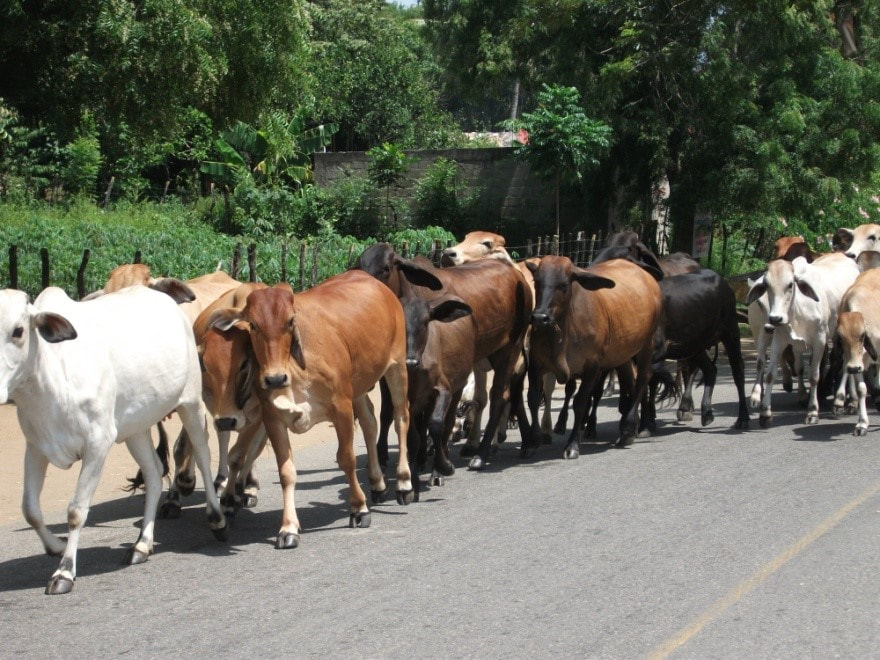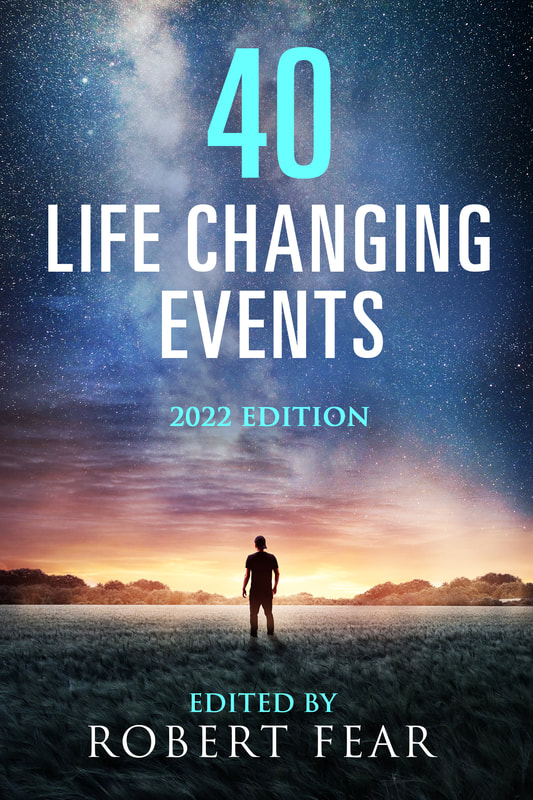The market in Dajabon by Lindsay de Feliz
Friends from Canada visited me in the Dominican Republic and they wanted to go on a road trip. They wanted to go to the market at Dajabon which is the border crossing to Haiti in the north west of the country and holds a massive weekly market when Haitians cross into the DR for the day to sell their wares. It was not on my bucket list but one of the advantages of visitors is that they make you do things. I checked Google maps which stated 76.4 kilometres and one hour and 14 minutes. Fine I thought. Unfortunately I did not realise that in the same way that a Dominican minute is not the same as an English minute, a Dominican kilometre is much longer than an English kilometre.
We set off in my 30 year old jeep, with no air conditioning, no central locking, and everything is manual including the cassette player, bumping and bouncing our way down the road, accompanied by constant squeaking from the failing suspension.
After only 30 minutes, the front offside tyre exploded and we shuddered to a halt. I have no jack, but being the Dominican Republic it doesn’t matter, as within seconds a man driving a bleach truck stopped. You buy bleach from the tank on the back. He got out his jack and within minutes the tyre was changed. Impressive that his yellow underpants matched his truck.
We set off again, bumping and bouncing a tad less and eventually reached Sabaneta where we bought a new tyre and asked how much further it was to Dajabon. One chap said 40 minutes, but only 30 if you drove slowly! Another said an hour and a half. The closer we got to Dajabon the cars were increasingly replaced by beautiful floppy eared cows.
Eventually we hit Dajabon after three and a half hours and 150 kilometres. So much for Google maps. Following a much needed toilet and lunch stop, we went to find the market. Somehow we arrived at the border post which looked suitably official and even a tad scary so we turned around and ended up in a dusty field which I assume was a car park near the border crossing.
There were no cars there, but I parked the jeep and we clambered out to look over the simple fence, only a couple of feet high, which was the border with Haiti.
As we walked towards the fence a solitary soldier, clutching his dangerous looking rifle, watched us closely, and I smiled and waved. The greeting was not returned.
We walked up to the fence and there beyond it was the Massacre River, named as it was where thirty French buccaneers were killed by Spanish settlers in 1728. The river looked shallow, with mud banks and was full of naked men bathing and women washing clothes. Sheets, towels and brightly coloured clothes were strewn over the banks on the far side and beyond there was nothing, just a sense of desolation. This was another country. This was Haiti and I was six inches away from it.
A small boy in the river tried to scramble up the mud bank towards us as we stood, open mouthed looking into what appeared to be hell on earth. He was followed by other tiny kids trying to swim and stagger through the muddy, filthy water towards us.
“Dame 5 pesos,” he demanded unsmiling, looking up at me with big brown eyes and a snotty nose. Of course I would give him 5 pesos, but as I reached into my bag noticing the hope and gratitude in his eyes, the Dominican soldier approached me, his gun no longer slung across his body but pointing at me. He signaled at me to move back.
“I’ll just give this kid some money,” I said to him in Spanish. “Non,” he replied and came closer waving his gun at me menacingly
I had no choice and took one last heart wrenching look at the desolation, deflation, disappointment and despair in those large brown eyes, as a single tear coursed down his grubby little check.
We walked back to the car in silence, deep in thought and drove towards the market, keeping the windows closed in case someone reached in, dripping with sweat, inching slowly through crowds of people, cars, trucks, and bikes before eventually managing to find somewhere to park.
The market was enormous, part outside and a massive blue building with stalls inside, upstairs and down. The first thing to hit you is the smell of sweaty bodies. The stink was appalling, and it was very hot, very crowded, dusty and crazy. People were rushing everywhere. Women with bags and containers on their heads yelling what they were selling. Men rushing hither and thither with wheelbarrows, empty and full.
“How long do you want to stay,” I shouted to my Canadian friends.
“Oh my God it is awful. Ten minutes maybe?”
It seemed like an awfully long way to go for 10 minutes, but I was in total agreement. We went into the inside market where it was somewhat cooler and less pungent. There were clothes, shoes, bags, electrical goods, food household goods, cleaning materials, apparently all at good prices, although we didn't pause to check. We just wanted to get out of there.
People were eating, sleeping, lying on piles of rugs and blankets and I bought a bag of hot chillis for 20 pesos, and that was all we bought.
Arriving home, my little self appointed bodyguard, a local boy called Chivirico, had been watching out for us and ran to open the gate. He was the same age as the child in the river, but he had a worthwhile life in front of him, he had hope, food, clothes and a chance of a future.
I cooked an Indian curry with the chillis. They were the hottest I have ever eaten. The market at Dajabon had its revenge.



















